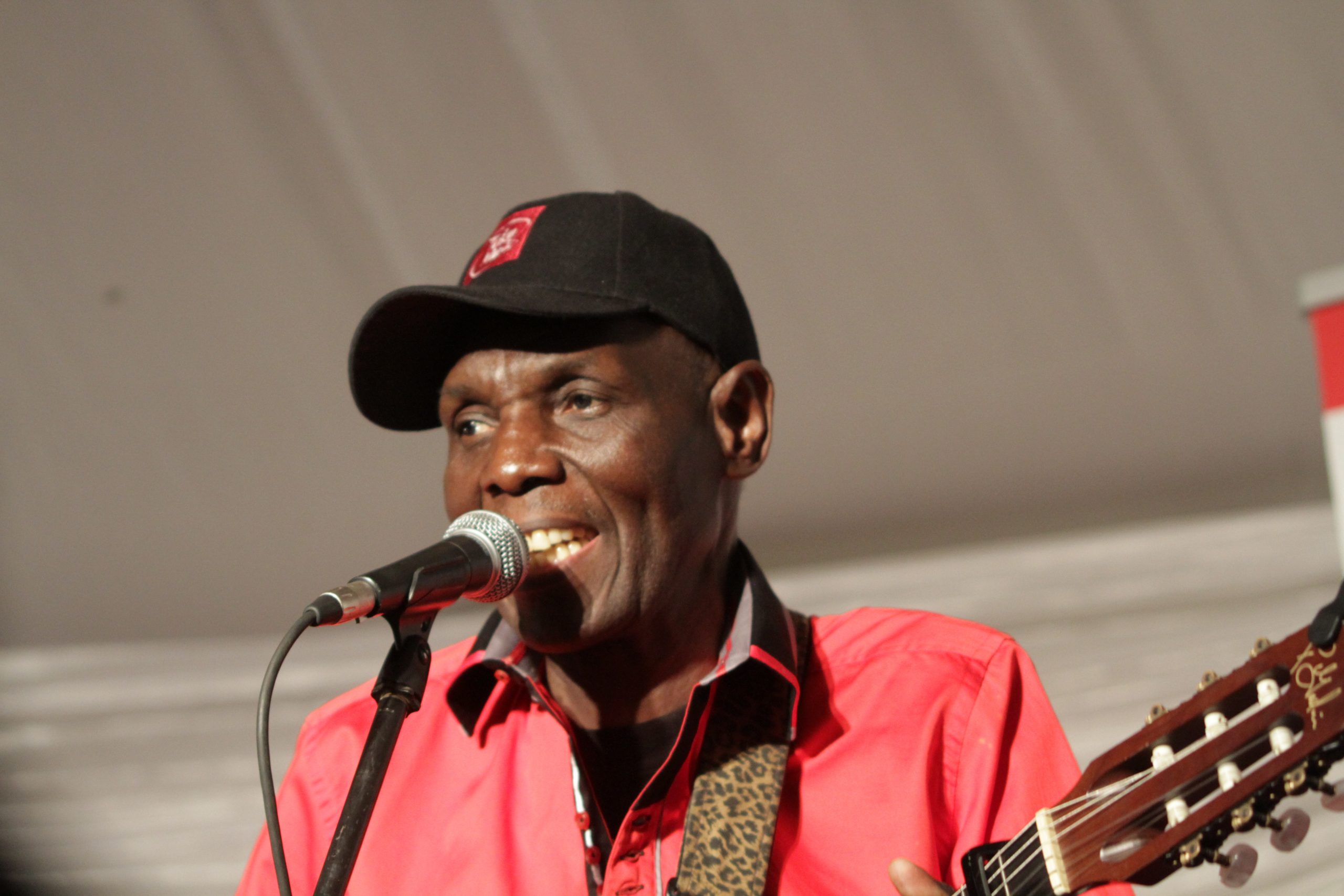
by Nyasha J Kavhiza
The proposal to downsize stands in the low-density suburbs of Harare is indicative of a serious underlying problem that is getting out of hand. The surging demand for land in the capital cannot be offset by merely cutting down the size of stands in the suburbs. The question that naturally follows is: “What is driving this insatiable demand?” We need not belabour the point that the rapid rate of urbanisation and urban primacy have taken us thus far. It is imperative that we come up with long-lasting solutions or else we will continue coming up with several versions of “Operation Murambatsvina”. We should get to the root of the problem, to quote the late Samanyanga “Tuku”, “Wongorora chikonzero chaita musoro uteme!”
Harare, which is the administrative, commercial, judicial and communications centre of the nation, is home to 2.1 million people, accounting for 16.3% of the total population and 45% of the urban populace in Zimbabwe. Bulawayo the second-largest city, accounts for a measly 15% (a third of the Harare population) of the total urban population. The tumbling down of the colonial, racial and gender restrictions to urban migration post-independence has seen unprecedented levels of population growth in the capital. Consequently, the city’s capacity has been exceeded. The overcrowded housing schemes in Harare have become a haven for non-sanitary conditions and poor health. The current overcrowded nature of the city and high levels of traffic have posed challenges for the city planners. As a result, we end up having unsafe, unreliable and incidental termini, “Pamusawu”, “PaCorner” not designated for proper boarding and offloading of passengers.
Those who grew up in Harare before the turn of the millennium will testify to the disappearance of many a park and green-fields as land is being parcelled out to the ever-increasing customers. We will end up having no parks and green patches for recreational purposes. Even in the most populated cities of the world such as New York, some land is still reserved for parks and conservation, a case in point is Central Park. Moscow has about 13 million inhabitants, that is more than 75% of Zimbabwe’s population, but there are countless parks and forests available for recreational, ecological and aesthetical purposes. Our crown jewel Harare Gardens has not been spared the downsizing effects since a decision was made in September 2017 to sell 13% of the park to Sunway City.
Housing minister Daniel Garwe cited the Sandton suburb in Johannesburg as an example of what the downsizing exercise is aimed to achieve. It has to be understood that South Africa is a decentralised nation with three capital cities: Pretoria (administrative capital), Cape town (legislative capital) and Bloemfontein (judicial capital). The three capital cities are strategically placed such that the pace of development is fair across all the regions of the country, hence there are no complaints of land being exhausted in one city. Decentralisation is key to solving this problem that is haunting us. The idea of decentralisation conceived by the government in the early 1990s should be revisited. The fathers of the nation had envisaged the problems coupled with rapid urbanisation.
The resources channelled towards downsizing should actually be directed to the development of new urban centres. The decision by the government to build the new parliament in Mount Hampden (19km from Harare) is a commendable move and the first step towards developing other areas outside the capital. It is possible to have new and modern cities outside Harare. The recently departed Genius “Ginimbi” Kadungure had realised the fact that the land in Harare has become exhausted and built his mansion in Domboshava. The point I am labouring to put across is that it can be done.
Whilst we are on the issue of developing urban centres across the breadth of the country, we have to keep in mind that land does not stretch. The land being parcelled out to every Tom, Dick and Harry will soon be finished. It is prudent to implement vertical expansion projects, thus allowing us to host more people on a small footprint. That way we will conserve land for peri-urban agriculture which is very important especially in the case of developing nations such as Zimbabwe.
Deliberate action should be taken towards solving this problem. Proper planning and commitment will definitely shift the trajectory. Patching up will not be effective and this issue will continue nagging us until genuine and appropriate measures are put in place.











